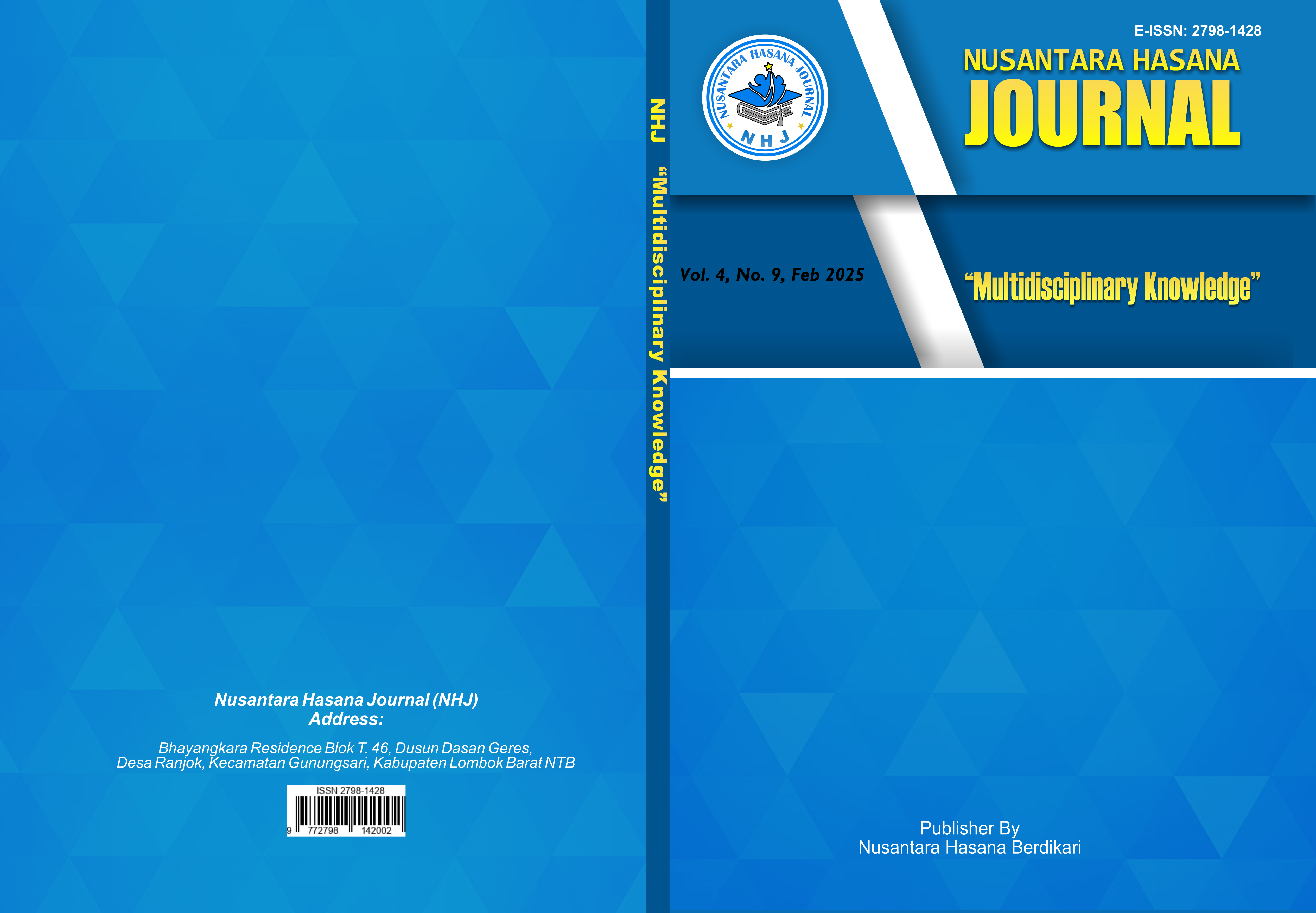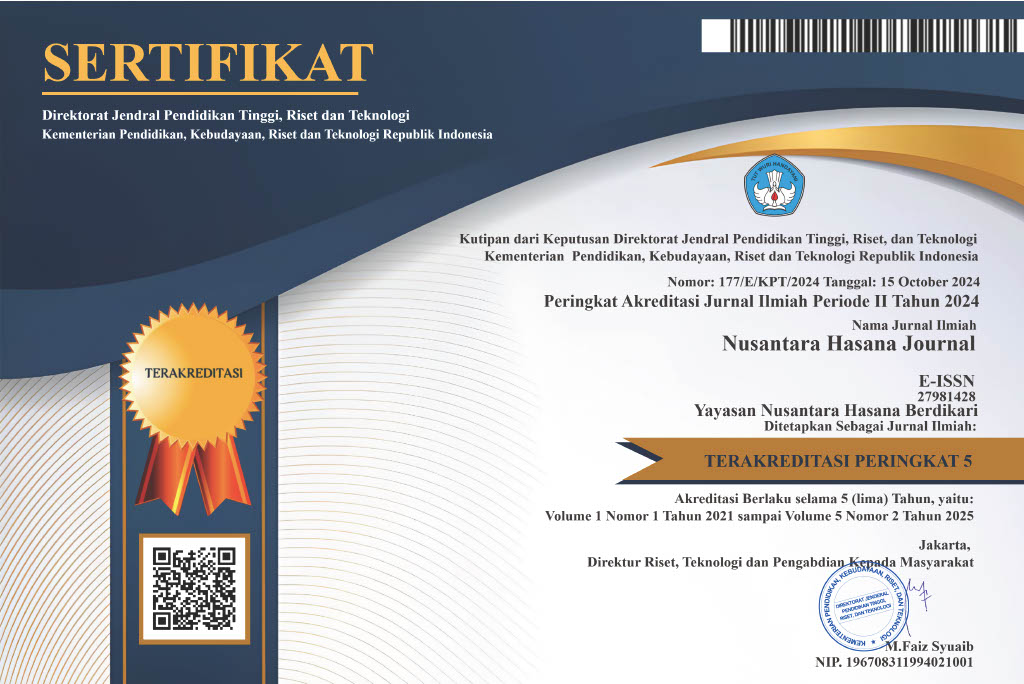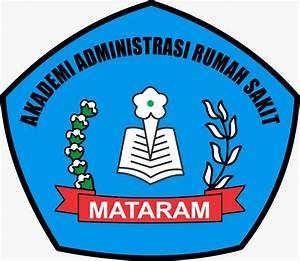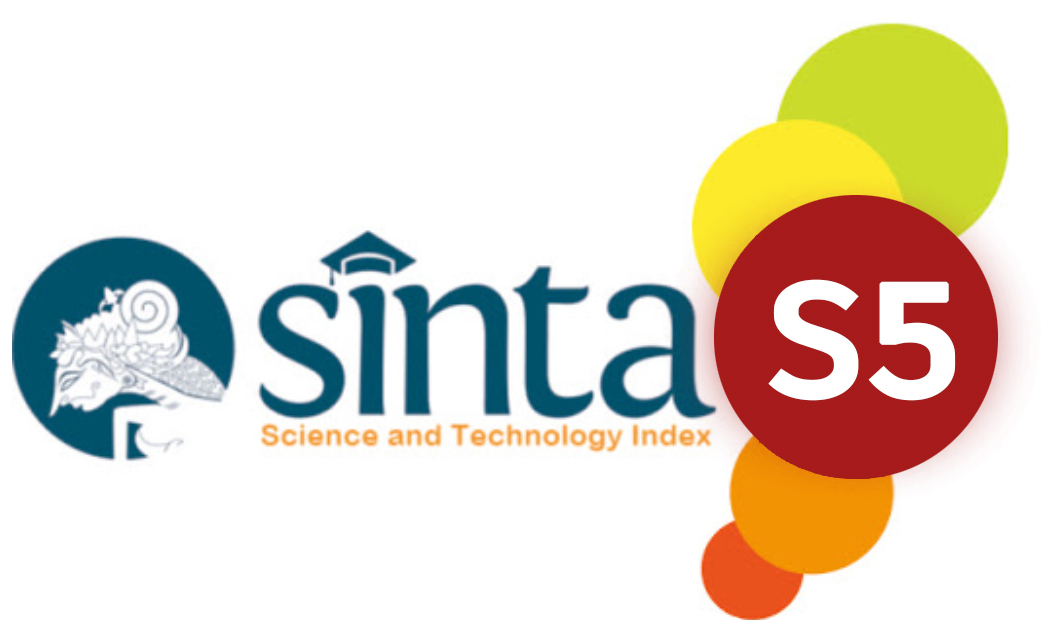ANALISIS CLUSTERISASI PENGUNJUNG MALL BERDASARKAN USIA DAN PENDAPATAN MENGGUNAKAN ALGORITMA DBSCAN
DOI:
https://doi.org/10.59003/nhj.v4i9.1357Keywords:
Mall Visitor Analysis, Clustering, DBSCANAbstract
Data mining can be used to extract valuable insights from irregular and high-volume mall customer data. More effective shopping strategies can be created by thoroughly understanding the demographics of mall customers to attract new customers, increase retention of existing customers, and create a more engaging shopping experience. The purpose of this study was to look at visitor data that has implemented strategies and to increase visitor volume. The research sample consisted of 200 mall visitor respondents who participated in the Ramadan quiz program during the period of 1 to 30 days of the month of Ramadan. Based on the data density analysis, five Cluster groups were formed with the following distribution: Noise (Cluster -1): 130 data (65% of the total sample), representing data points that are not associated with significant density, Cluster 0: 10 data (5% of the total sample), Cluster 1: 14 data (7% of the total sample), Cluster 2: 11 data (5.5% of the total sample), Cluster 3: 35 data (17.5% of the total sample).
Downloads
References
T. M. Dista and F. F. Abdulloh, “Clustering Pengunjung Mall Menggunakan Metode K-Means dan Particle Swarm Optimization,” J. MEDIA Inform. BUDIDARMA, vol. 6, no. 3, p. 1339, Jul. 2022, doi: 10.30865/mib.v6i3.4172.
N. R. Noperahila, “Analisis Pola Perilaku Konsumen dan Kebiasaan Belanja menggunakan Metode K-Means Clustering,” 2024.
G. Schuh et al., “Data Mining Definitions and Applications for the Management of Production Complexity,” Procedia CIRP, vol. 81, pp. 874–879, 2019, doi: 10.1016/j.procir.2019.03.217.
N. Jayanti, C. G. Selan, and M. W. Prihatmono, “Analisis Data Pengunjung Mall Nipah Mendukung Strategi Digital Marketing Menggunakan K-Means Clustering,” J. Penelit. Inov., vol. 2, no. 1, pp. 209–220, May 2022, doi: 10.54082/jupin.65.
M. Honda, “Penggunaan Algoritma K-Means Untuk Menganalisis Pelanggan Potensial Pada Dealer SPS,” J. Inform. dan Teknol. vol. 2, no. 2, pp. 109–118, 2019.
M. Faisal and T. K. A. Rahman, “Optimally Enhancement Rural Development Support Using Hybrid Multy Object Optimization (MOO) and Clustering Methodologies: A Case South Sulawesi - Indonesia,” Int. J. Sustain. Dev. Plan., vol. 18, no. 6, pp. 1659–1669, Jun. 2023, doi: 10.18280/ijsdp.180602.
Bima Yudha Putra, “Klasterisasi Pengunjung Mall Menggunakan Algoritma K-Means Berdasarkan Pendapatan Dan Pengeluaran,” JITET (Jurnal Inform. dan Tek. Elektro Ter. Vol.11 No.3 S1, pISSN2303-0577 eISSN2830-7062, 2023.
O. Dogan, J.-L. Bayo-Monton, C. Fernandez-Llatas, and B. Oztaysi, “Analyzing of Gender Behaviors from Paths Using Process Mining: A Shopping Mall Application,” Sensors, vol. 19, no. 3, p. 557, Jan. 2019, doi: 10.3390/s19030557.
M. Faisal et al., “A Hybrid MOO, MCGDM, and Sentiment Analysis Methodologies for Enhancing Regional Expansion Planning: A Case Study Luwu - Indonesia,” Int. J. Math. Eng. Manag. Sci., vol. 10, no. 1, pp. 163–188, Feb. 2025, doi: 10.33889/IJMEMS.2025.10.1.010.
J. Zhang, “Advancements of Outlier Detection: A Survey,” ICST Trans. Scalable Inf. Syst., vol. 13, no. 1, p. e2, Feb. 2013, doi: 10.4108/trans.sis.2013.01-03.e2.
M. Ramadhani, “Implementation of Data Mining Analysis to Determine the Tuna Fishing Zone Using DBSCAN Algorithm,” Int. J. Mach. Learn. Comput., vol. 9, no. 5, pp. 706–711, Oct. 2019, doi: 10.18178/ijmlc.2019.9.5.862.
T. H. F. khan, N. N. Alleema, N. Yadav, S. Mishra, and A. Shahi, “Text Document Clustering using K-Means and Dbscan by using Machine Learning,” Int. J. Eng. Adv. Technol., vol. 9, no. 1, pp. 6327–6330, Oct. 2019, doi: 10.35940/ijeat.A2040.109119.
M. Faisal and T. K. A. Rahman, “Determining rural development priorities using a hybrid clustering approach: a case study of South Sulawesi, Indonesia,” Int. J. Adv. Technol. Eng. Explor., vol. 10, no. 103, pp. 696–719, Jun. 2023, doi: 10.19101/IJATEE.2023.10101215.
D. Armiady, “Analisis Metode DBSCAN (Density-Based Spatial Clustering of Application with Noise) dalam Mendeteksi Data Outlier,” JURIKOM (Jurnal Ris. Komputer), vol. 9, no. 6, p. 2158, Dec. 2022, doi: 10.30865/jurikom.v9i6.5080.
M. Faisal, T. K. A. Rahman, I. Mulyadi, K. Aryasa, Irmawati, and M. Thamrin, “A Novelty Decision-Making Based on Hybrid Indexing, Clustering, and Classification Methodologies: An Application to Map the Relevant Experts Against the Rural Problem,” Decis. Mak. Appl. Manag. Eng., vol. 7, no. 2, pp. 132–171, Feb. 2024, doi: 10.31181/dmame7220241023.
Downloads
Published
How to Cite
Issue
Section
License
Copyright (c) 2025 Medy Wisnu Prihatmono

This work is licensed under a Creative Commons Attribution-NonCommercial-ShareAlike 4.0 International License.
NHJ is licensed under a Creative Commons Attribution-NonCommercial-ShareAlike 4.0 International License.
Articles in this journal are Open Access articles published under the Creative Commons CC BY-NC-SA License This license permits use, distribution and reproduction in any medium for non-commercial purposes only, provided the original work and source is properly cited.
Any derivative of the original must be distributed under the same license as the original.
























